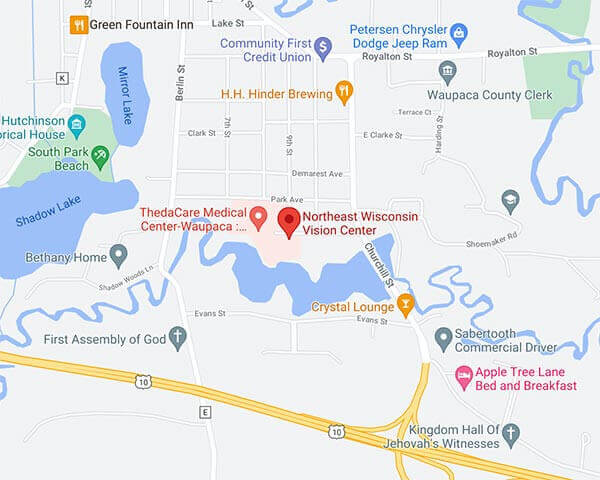
Dry Eye
Dry Eyes – Don’t just treat the symptoms, treat the cause.

If you have been suffering with this condition—or think you may have it—we can determine the cause of your symptoms and apply therapy, appropriate to your specific needs, that may make your daily discomfort a thing of the past.
Symptoms that result from Dry Eye include:
- Discomfort and irritation
- Grittiness or the feeling of a foreign body in the eye(s)
- Burning or stinging sensation
- Watering
- Redness
- Dryness
- Fluctuating blurry or filmy vision
- Tiredness
- Discharge
- Sensitivity to light
- Worsening discomfort in dry or windy conditions
Dry Eye is a long-term, chronic disease that takes years to develop—and may worsen if left untreated. There are two main forms of the disease: evaporative and aqueous deficient.
Evaporative Dry Eye, which accounts for 86% of all Dry Eye cases, is caused by blockages in the meibomian glands located in your eyelids.
This condition of obstructed glands is known as Meibomian Gland Dysfunction. These glands are responsible for creating the lipid (oil) layer of tears. When the glands aren’t working, as they should, you don’t have enough tear film oil. This results in your tears—which lubricate your eyes and keeps them comfortable—evaporating too quickly. An insufficient oil layer can cause your tears to evaporate 4X – 16X faster than normal.
Aqueous Deficient Dry Eye occurs when the lacrimal glands do not create a sufficient amount of aqueous (water) to keep the eyes moist.

How Dry Eye Can Negatively Impact Your Vision—and Your Life
The symptoms of Dry Eye can be uncomfortable—and a big burden. Basic visual tasks, such as reading, using a computer, driving or watching television may become difficult. Wearing contact lenses may be impossible. And, you might find that symptoms worsen later in the day, keeping you from enjoying the activities you want to do.
Underlying the considerable discomfort is a real physical condition that needs treatment to stop the cycle of Dry Eye deterioration and worsening symptoms. Dry Eye is a chronic disease, and without proper management, the deterioration may look like this:
- Increased evaporation of tears
- Unstable tear film
- Damage to the eye surface
- Further discomfort
- Inflammation and cell damage
- Fluctuation and decrease in vision
LipiFlow is the groundbreaking treatment that addresses the cause of Evaporative Dry Eye. It is designed to provide relief, so you can get on with your life.
LipiFlow Dry Eye Treatment

LipiFlow is a significant technological advancement in the management of Evaporative Dry Eye. It is the only treatment approved by the FDA for long-term Evaporative Dry Eye relief. LipiFlow is the only treatment that addresses the root cause, not just the symptoms, of Evaporative Dry Eye by treating the blocked meibomian glands.
If left untreated, blocked meibomian glands prevent the eyes from secreting enough oil to maintain quality tear consistency. When the delicate tear balance is disrupted by a lack of lipids, tears evaporate from the surface of the eye resulting in Dry Eye symptoms. Along with adversely affecting your quality of life and general eye health, Evaporative Dry Eye disease can worsen over time, even with continued use of eye drops and other treatments.
LipiFlow Thermal Pulsation reduces the need for artificial tears and other prescription dry eye treatments by attending to the cause of Evaporative Dry Eye symptoms, the meibomian glands themselves. Opening and clearing these blocked glands can allow them to resume normal production of lipids (oils) needed for a healthy tear film.
Think of it as a “spa treatment” for your eyes. Gentle heat and light pressure create a warm massage that stimulates the meibomian glands’ natural lipid production and helps restore the tear film balance disrupted by Meibomian Gland Dysfunction.
Evaporative Dry Eye Can be a Thing of the Past—With LipiFlow
If you’re ready to kick Evaporative Dry Eye, all it takes is a phone call to get started. Make an evaluation appointment with one of our doctors to determine if you are a candidate for LipiFlow.







